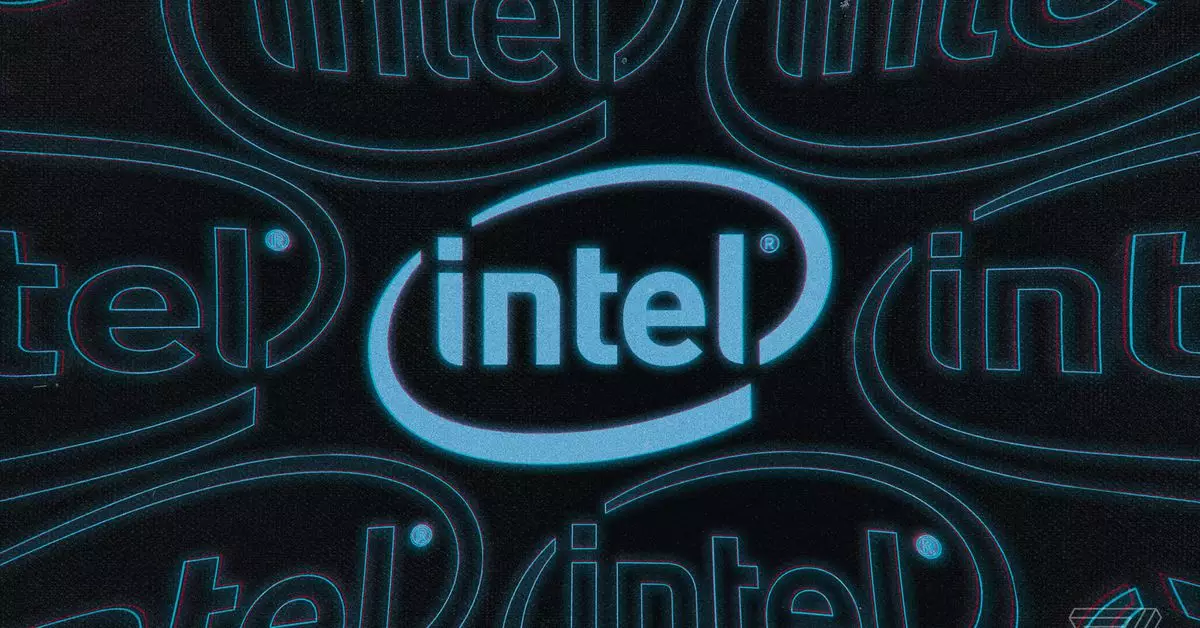In the competitive landscape of computer processors, Intel’s Arrow Lake-based Core Ultra 9 series has recently come under scrutiny for its disappointing gaming performance. As technology evolves, user expectations rise, and it appears that Intel has not met the mark with this much-anticipated release. While the chip giant acknowledges its missteps, the implications for gamers and tech enthusiasts alike are significant.
Reviews for the Core Ultra 9 200S-series chips, which were supposed to showcase Intel’s advancements in gaming technology, have largely been lukewarm. Notably, despite claims that these new processors would from the outset not match the capabilities of AMD’s offerings, the fallout has been more dramatic than expected. Among the most concerning findings is that, in many instances, the Arrow Lake chips perform worse than Intel’s previous Raptor Lake processors. This significant regression poses questions about Intel’s development strategy and execution, particularly given the competiting prowess of AMD’s Ryzen 9800X3D, which has established itself as a formidable player in the gaming realm.
Intel has been candid about the challenges facing its new line of processors. Robert Hallock, Intel’s VP and GM of client AI and technical marketing, has publicly acknowledged that the performance issues are purely Intel’s responsibility, distancing the company from any potential blame on external software issues, including Microsoft’s impact. This admission may earn Intel some respect among industry analysts, as transparency in disappointing performance metrics is often rare in the tech community. However, acknowledgment alone does not rectify the core issues that have prompted frustration among users who anticipated much more from this launch.
Despite the unfavorable reception, Hallock reaffirmed that the architectural framework of the Arrow Lake processors has “solid bones,” indicating a foundation that, while flawed, holds potential for growth. Moving forward, Intel has committed to delivering a “comprehensive update” on the performance issues by late November or early December. It is crucial for Intel to assure its customers that they are actively addressing these problems and demonstrating a clear roadmap for improvements. This update will be pivotal in regaining consumer faith and will likely dictate the company’s trajectory in a market that thrives on innovation and responsiveness.
As gaming continues to dominate discourse within the technology sector, Intel’s Arrow Lake challenges represent a broader theme of competitiveness in processor performance. The stakes are higher than ever, with consumers increasingly aware of and invested in the abilities of their hardware. With AMD having carved out substantial market share and loyal customers through superior performance, Intel’s comeback will require not only innovative designs but also a concerted effort to restore credibility. The upcoming months will be crucial for Intel as they navigate the path toward rectifying their current challenges and re-establishing their brand as a leader in gaming technology.
Intel’s journey with the Arrow Lake chips serves as a reminder that in technology, excellence is not just about innovation; it’s equally about execution, user satisfaction, and the agility to adapt. Only through rigorous updates and substantially improved performance can Intel hope to regain its standing in a fiercely competitive market.

